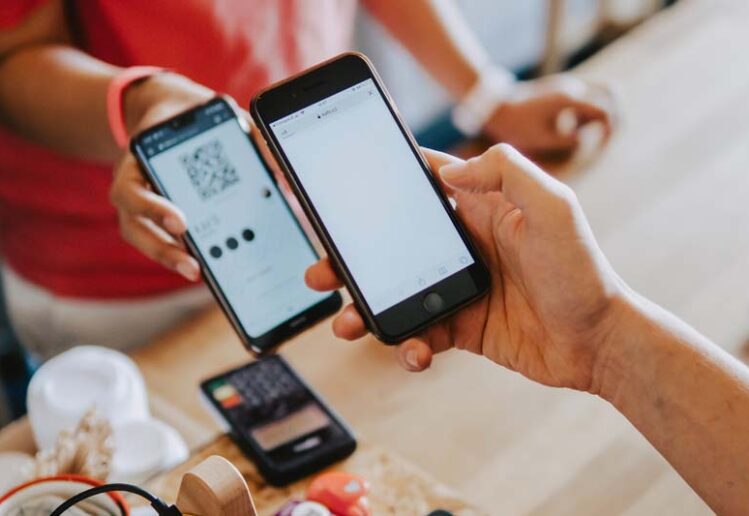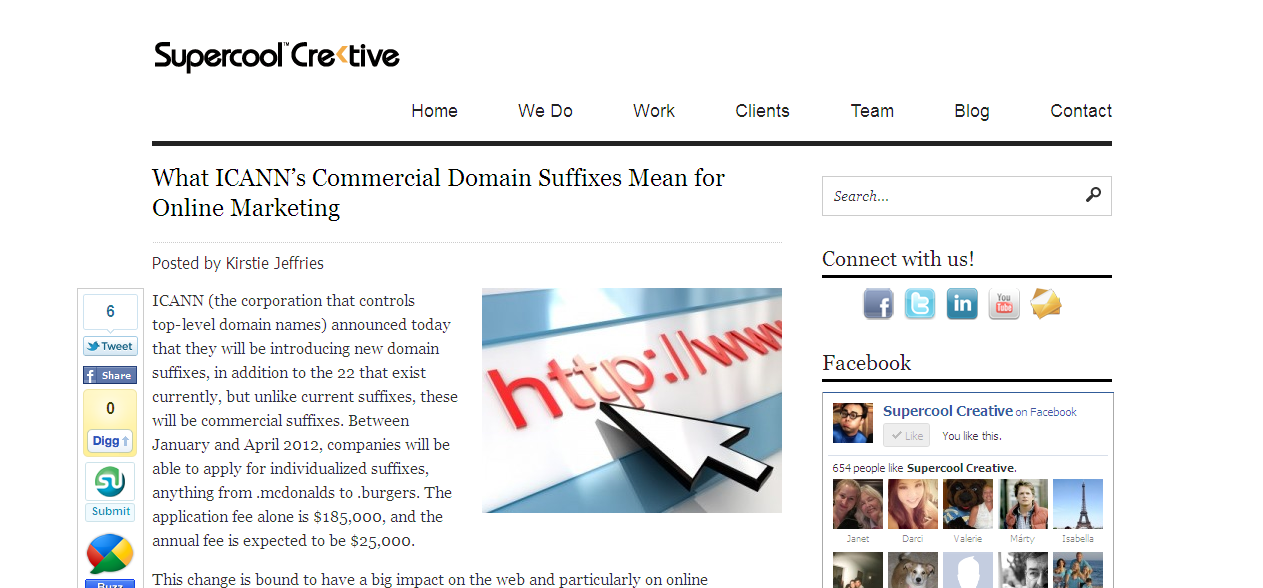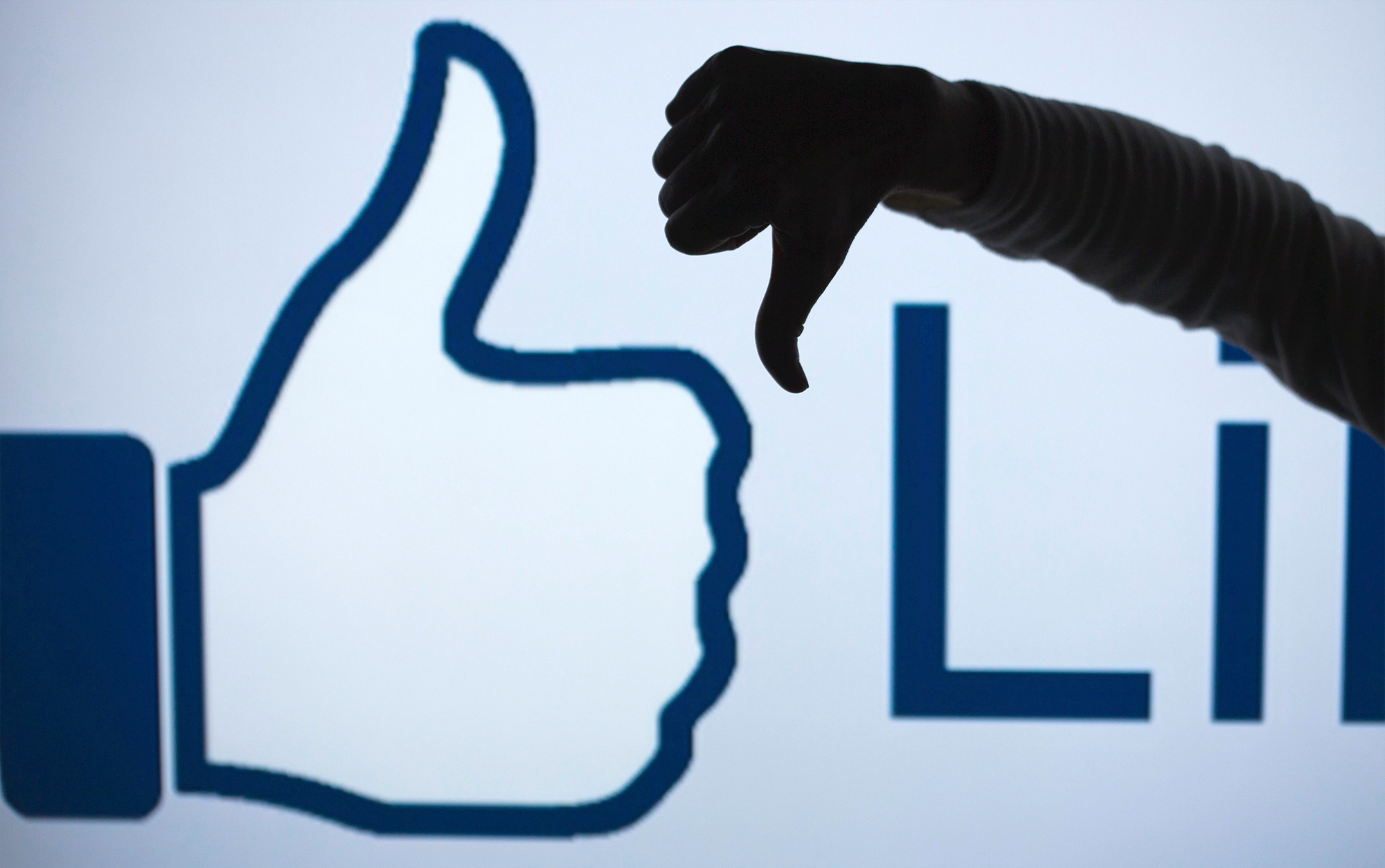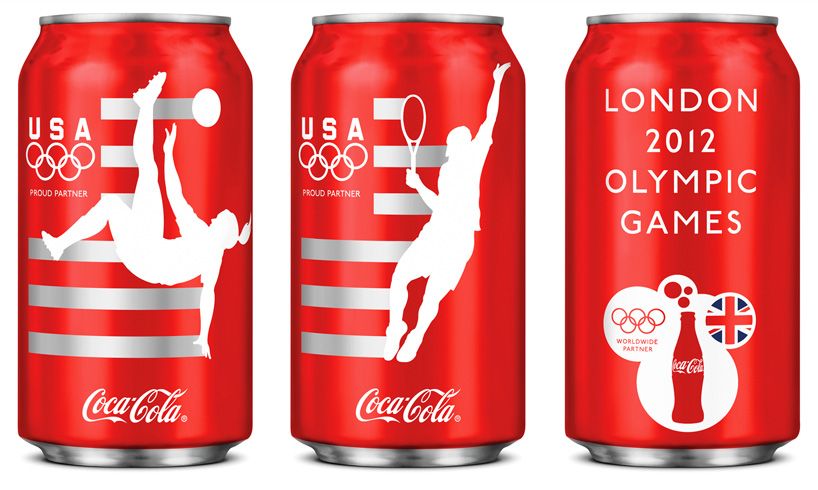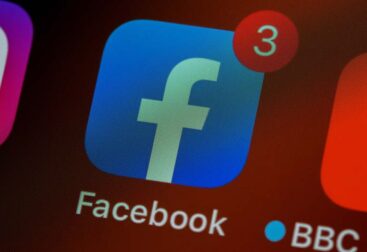In my role as Digital Marketing Manager for loyalty software provider Annex Cloud, one of my responsibilities was creating educational content for our prospects. Back in 2018, I wrote an article for their blog sharing best practices for using loyalty programs to guide their customers’ actions. Find the original post here or read on.
As consumers become more fickle and have more brands to choose from, customer engagement and retention have become more challenging than ever. Guiding your customers’ behavior from start to finish – and minimizing the risk of losing them at each step of the journey – is complex yet crucial. After all, a mere 5% growth in retention can increase a brand’s profits by up to 95%.
Fortunately, marketers today have a wide array of tools and technologies to engage customers and guide their behavior. Customer loyalty has become increasingly sophisticated and has massive guiding potential – but only if done right. Less than half of customers who have joined loyalty programs are active members. What will your brand do to avoid this falloff? These tips will help you ensure your loyalty strategy is reaching its maximum potential, maintaining engagement, and guiding customers throughout their entire buying journey.

Do you understand your customer journey?
To create and optimize a successful loyalty program, you need a thorough understanding of your customer journey. Map out the various paths your prospects take from awareness to nurturing, conversion, retention, and advocacy. Recognize how your current marketing strategies lead them from one stage to the next, and consider how a loyalty platform can guide their behavior.
How do you define conversions, and which metrics matter to your brand? Do your defined conversions extend beyond purchases? “Buy our product, get points toward your next purchase” may be the most common and straightforward form of loyalty marketing, and of course there’s clear value in rewarding customers for purchases. However, a truly effective loyalty strategy acknowledges a series of micro-conversions and rewards members accordingly.
Begin by asking yourself these questions:
- What are your customer touchpoints? What interactions do customers have with your brand that can promote loyalty? These may include store visits, purchases, customer service, emails, online advertising, etc. How can you improve each of these to inspire loyalty?
- Which actions do you want your customers to take? What will impact your metrics and add value? Can customers share your products on social media? Should they refer a friend? Do you want to encourage them to visit your locations?
- How do you reward and incentivize those actions? How can your members earn points? What other types of rewards can you provide? How else can you motivate them?
Once you’ve answered these, you’ll be able to design a loyalty plan that goes beyond incentivizing purchases and guides customers’ behavior all throughout their journey.
Rethink points
Your brand’s points system should be customized according to your goals, data, and audience demographics and behaviors. How are consumers discovering your brand, and how can your loyalty members amplify this? A few examples of actions for which you can reward customers are:
- If Yelp is directing diners to your restaurant or TripAdvisor is sending travelers to your tours, reward members for writing reviews. Determine which review platforms are most popular with your prospects or identify where your ratings could use a boost and highlight these in your loyalty strategy.
- Seeing a surge in conversions from word-of-mouth referrals? Incorporate a referral marketing program and incentivize your customers to share your brand with friends and family.
- A whopping 81% of American purchase decisions are influenced by customers’ friends’ social media posts, and 78% are influenced by brands’ posts. Encourage members to connect their social media accounts to your loyalty platform and share your content across their profiles.
- Feature user-generated content on your website or social media profiles, and motivate your loyalty program members to upload and share their own photos.
- Utilize geotargeting: reward customers for store visits by tracking their mobile location, and use push notifications to send coupons when they’re nearby.
Each of these actions has massive potential to kill two birds with one stone: acquiring new customers and retaining existing ones. Think beyond purchases and use your program’s rewards system to move members along the customer journey while expanding your reach.

Continue engagement
Fantastic rewards and opportunities to earn them are essential, but it’s easy for your program to get lost in the great sea of 3.8 million U.S. loyalty program memberships. Once customers have joined your program, you need to continue engaging them and encouraging them to return, take incentivized actions, and earn rewards.
Push notifications, emails, and targeted advertising are all effective ways to remind your members to return to your program time after time. Timing is everything, though. Think through your customer journey and identify when and how you should be re-engaging members, such as:
- Shortly after a customer makes a purchase, send a message that asks them to share a photo in exchange for a reward.
- Prompt members to write a review after they’ve made their purchase.
- Set up a trigger that sends a coupon, survey invitation, or other reminder if a member hasn’t logged into your app for a few months.
- Use holidays and other special events to send special offers and re-engage members.
- Segment your customers with program data to send highly relevant offers and filter out those that would interest them less.
Long gone are the days of simple, punch card-style loyalty marketing. As your brand faces more competition than ever before, you must keep customers engaged at every touchpoint or face losing them forever. By understanding your consumers and using your loyalty program to guide customer behavior every step of the journey, though, your brand can stand out from the crowd and keep your customers coming back time and time again.
